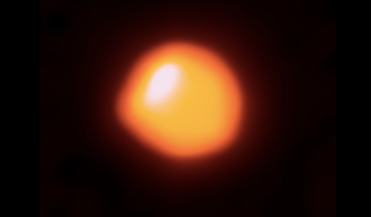 30 December 2019
Will Betelgeuse go supernova soon? Probably not say some astronomers
30 December 2019
Will Betelgeuse go supernova soon? Probably not say some astronomers
...could still be as long as 100,000 years before the inevitable explosion occurs. Emily Levesque, an astronomer at the University of Washington and...shell of gas and dust that follows the explosion typically travels at around 10,000 kilometres per second...
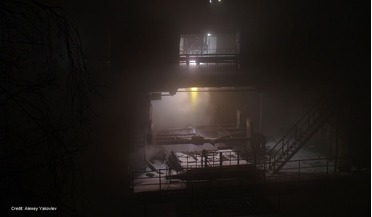 October 2015
From the kitchen… to the stars?
October 2015
From the kitchen… to the stars?
... temperature with air and the lower limit of its explosive concentration are higher than that of hydrogen and kerosene vapor... additional safety measures, with regards to fires and explosions, besides those that have already been established. Finally...
 February 2016
Defending Earth against cosmic hazards
February 2016
Defending Earth against cosmic hazards
... out into space at the speed of light. This ‘radiation explosion’ is different from a CME (which involves a release of ... into Earth. This event, which was the equivalent to the explosion of tens of thousands of nuclear bombs and blocked out the Sun...
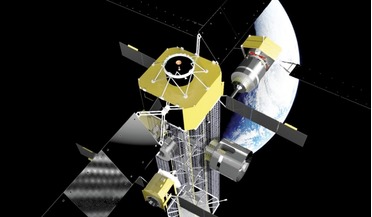 May 2019
Wake-up call for debris creation in geostationary orbit
May 2019
Wake-up call for debris creation in geostationary orbit
... what cannot be denied is that debris-creating events are happening in GEO, through incidents like collisions and explosions, in addition to the loss of control of satellites at the end of their operational lives. What is also undeniable is that the...
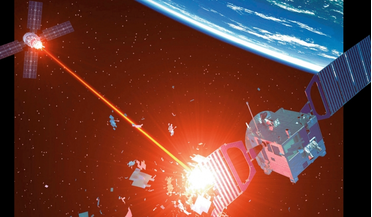 June 2022
Military space – how worried should we be?
June 2022
Military space – how worried should we be?
... of an attempt to create an artificial ionosphere above the Earth, to improve military communications. The enormous Starfish Prime nuclear explosion over Hawaii (July 1962), so bright that people could read the newspaper outside at night by its light...
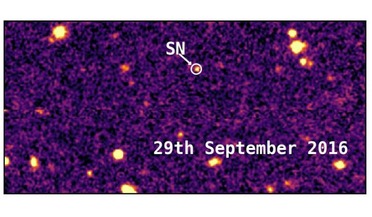 21 February 2018
Oldest known superluminous supernova discovered
21 February 2018
Oldest known superluminous supernova discovered
... type of supernova that ended its life in a huge cosmic explosion when the Universe was only a quarter of its current age....the nature of SLSN.” Clues as to the temperature of the explosion and the amount of metal produced when the star exploded – two...